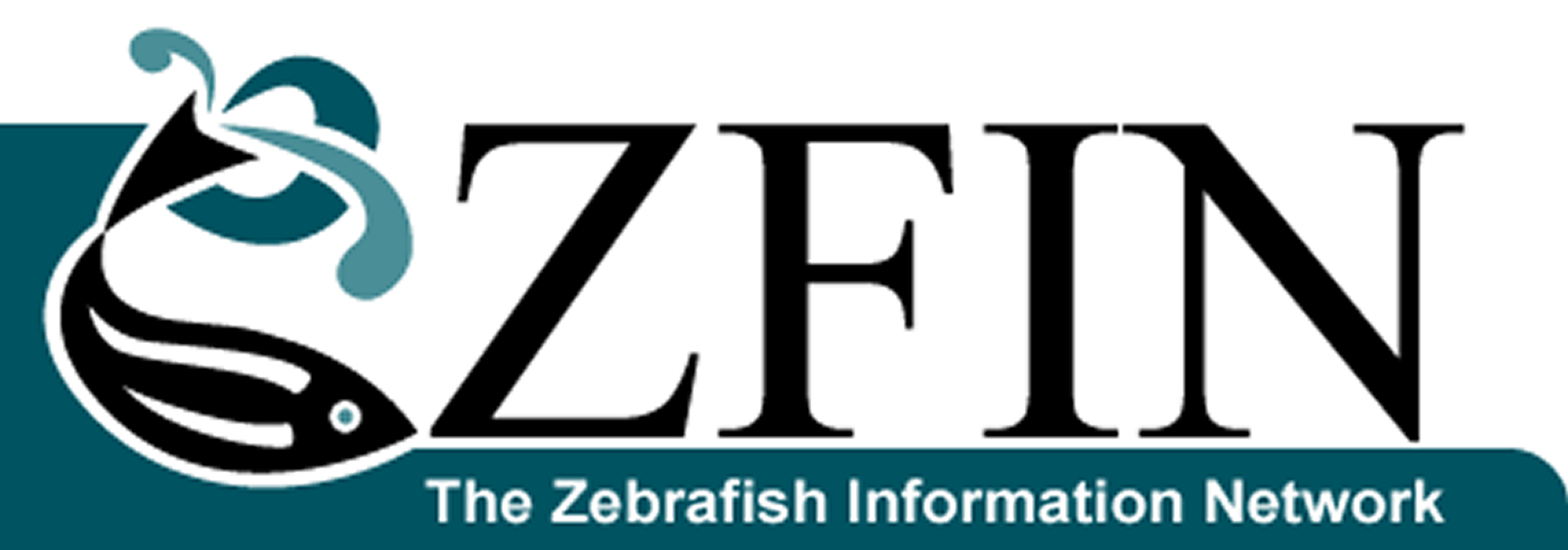ZFIN FAQ
Genes
What information is contained in the "Evidence" column in the orthology section on the gene page and why is it important?
The information in this section refers to the evidence used to establish the assertions of orthology between zebrafish and human, mouse and/or fly and is associated with the references in which those assertions were made.
We annotate such information to allow the users to understand and evaluate the basis on which those orthology assertions were made. If an orthology assertion in ZFIN looks questionable to a user and that user sees that the assertion was made based only on nucleotide sequence comparison, it may indicate that their skepticism is valid and further investigation is warranted. However, if the orthology assertion is supported by amino acid sequence comparison, nucleotide sequence comparison and conserved genome location (synteny) by numerous sources or publications, it is likely that the orthology assertion is well established and correct. Either of the above scenarios could be wrong, of course, but the information we provide with the evidence codes does allow one to make an initial, informed estimation.
The types of evidence used to support orthology assertions are amino acid sequence comparison, coincident expression, conserved genome location (synteny), functional complementation, nucleotide sequence comparison, phylogenetic tree and other.
The "Other" category contains historical evidence types that are no longer supported. Either the evidence type is now of questionable utility or is so infrequently used that we have decided to no longer indicate it. For the sake of completion, the historical evidence types for the current "Other" category are cross-hybridization to molecular probe, formation of functional heteropolymers, immunological cross-reaction, similar response to inhibitors, similar subcellular location, similar substrate specificity, similar subunit structure and not specified.
